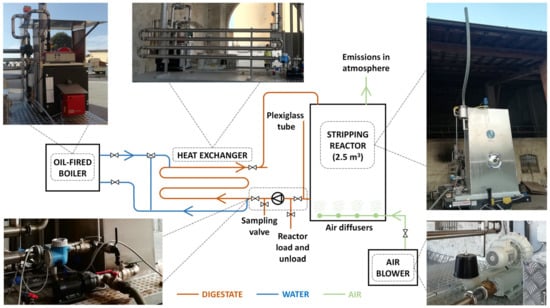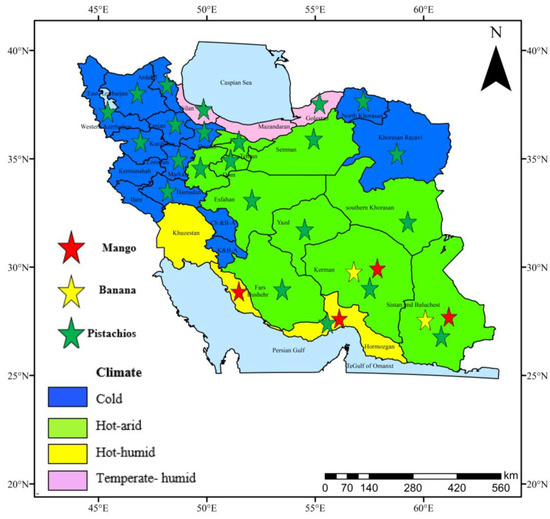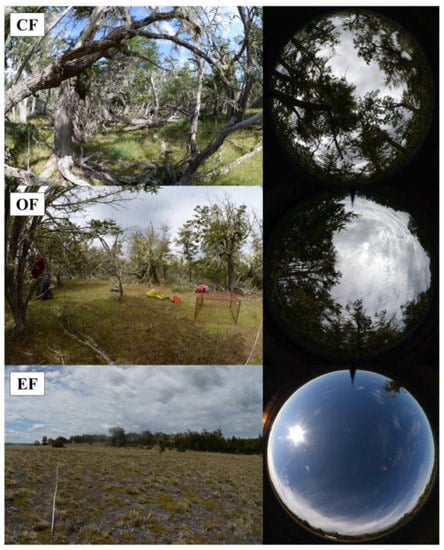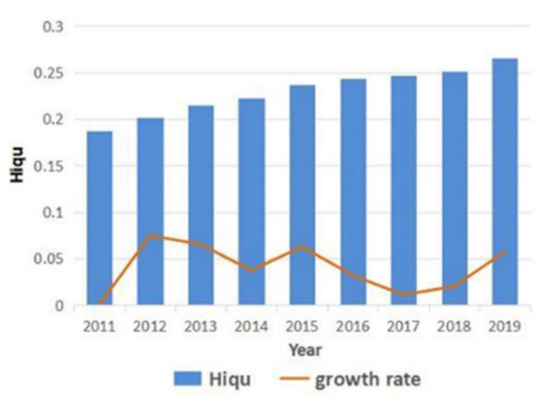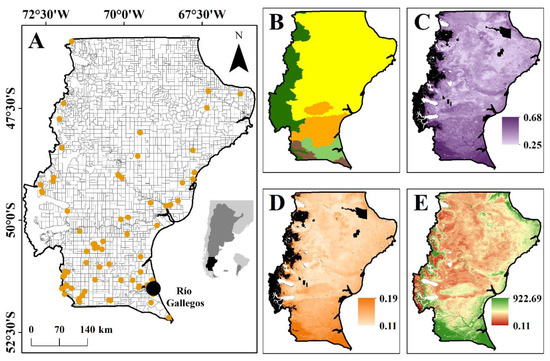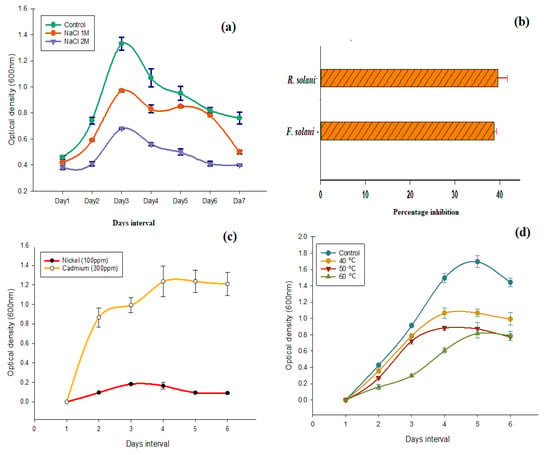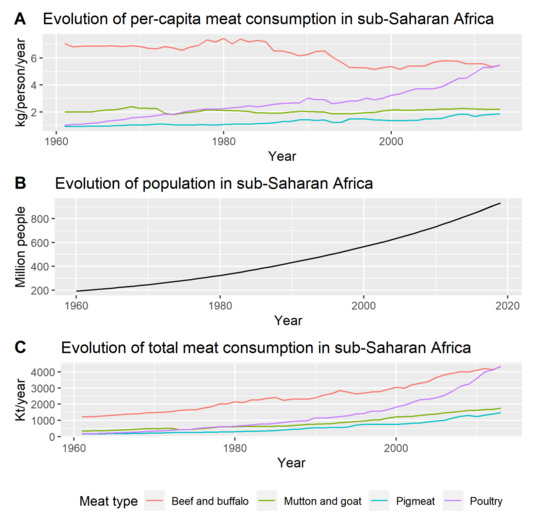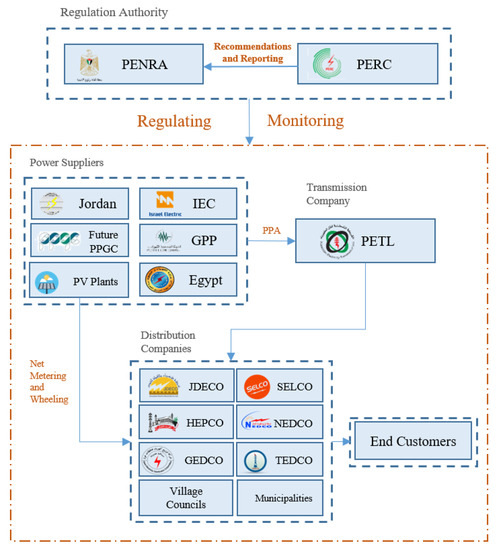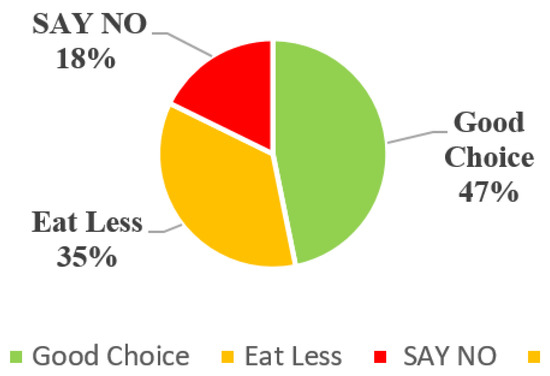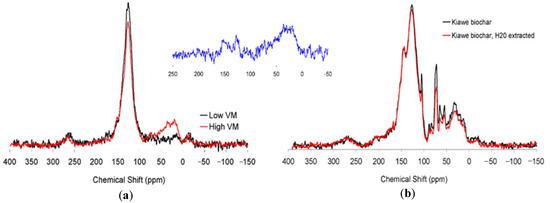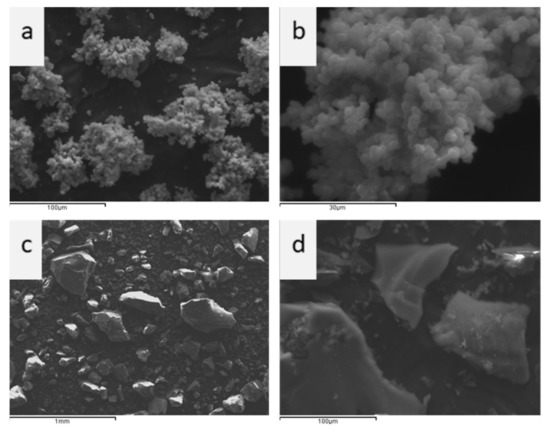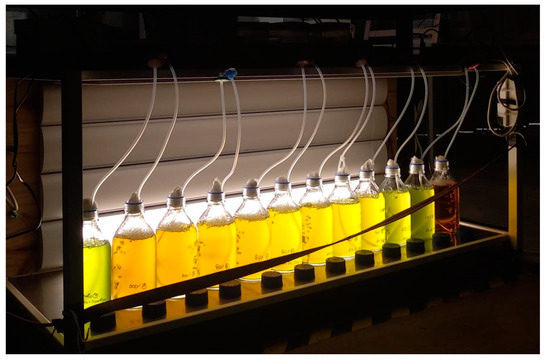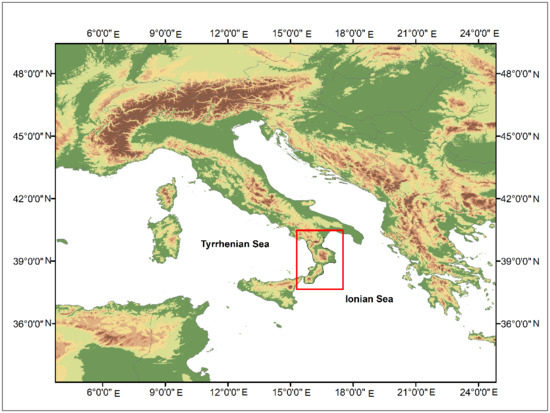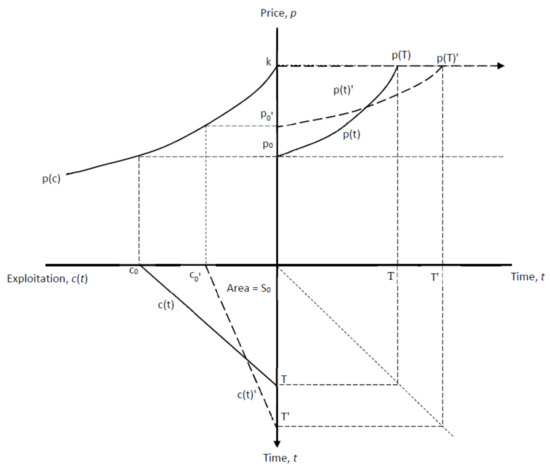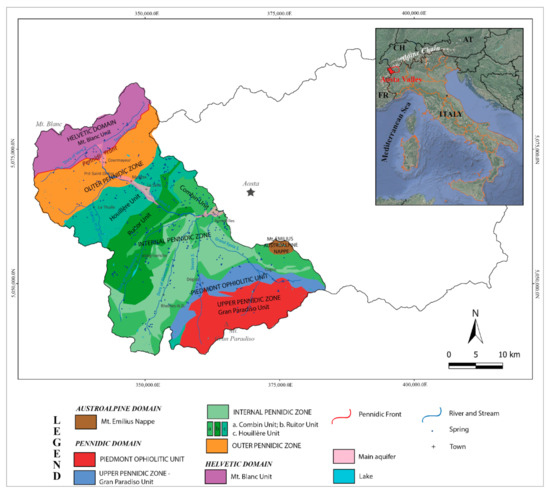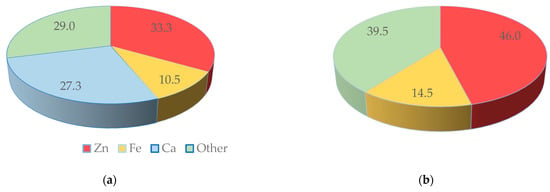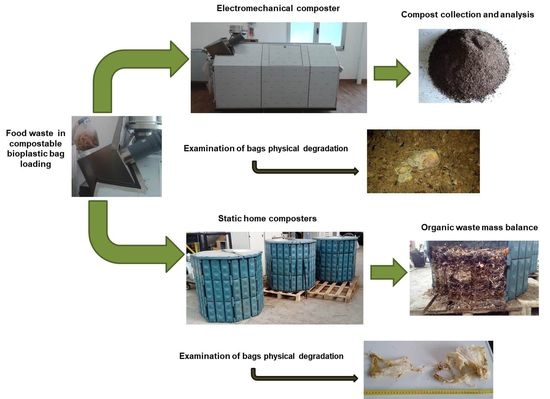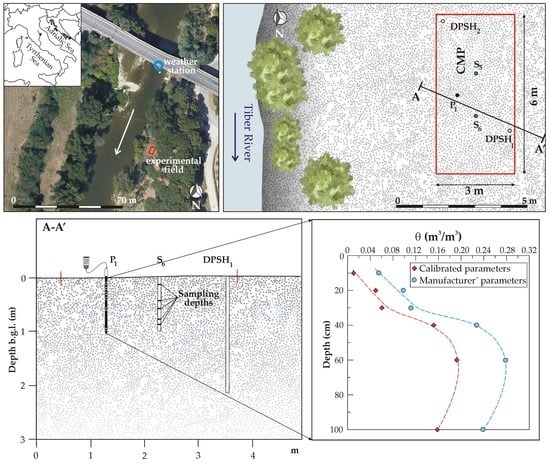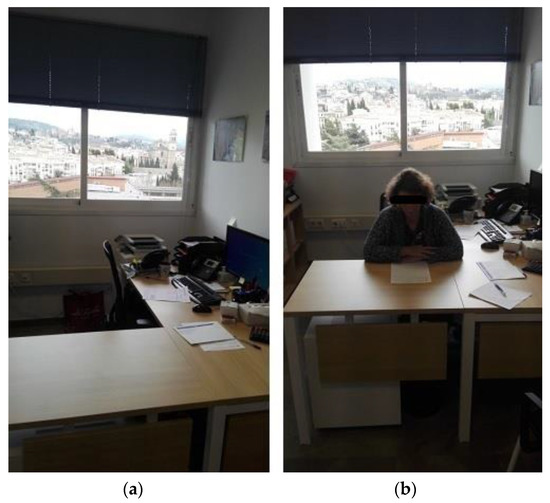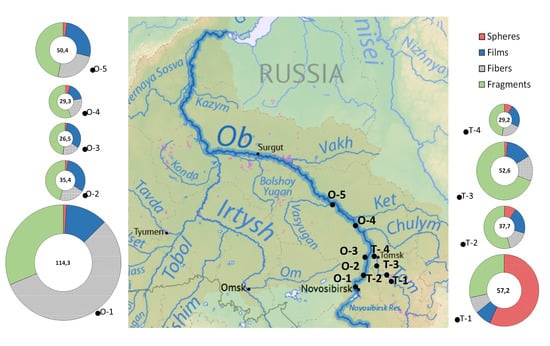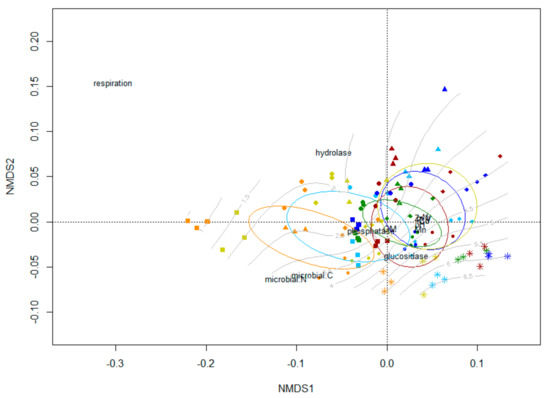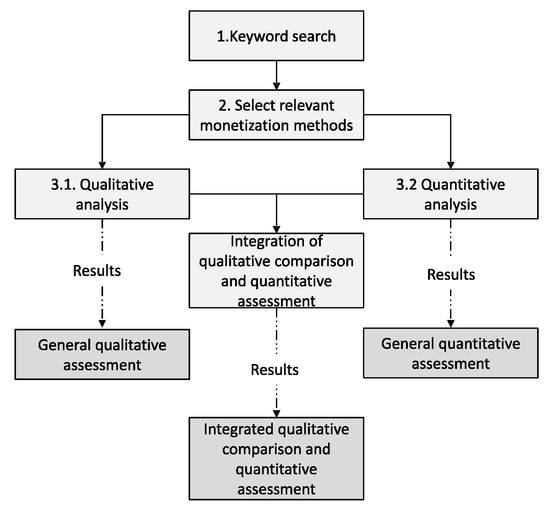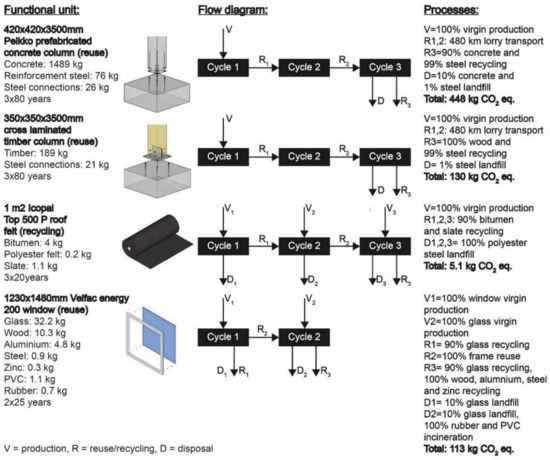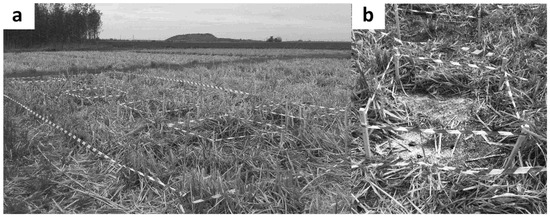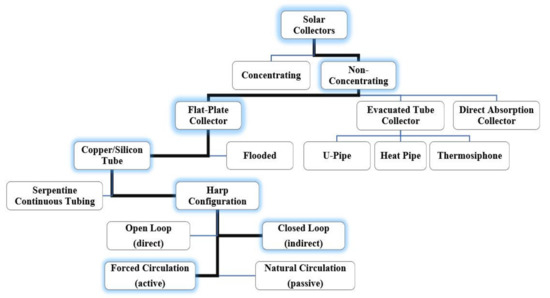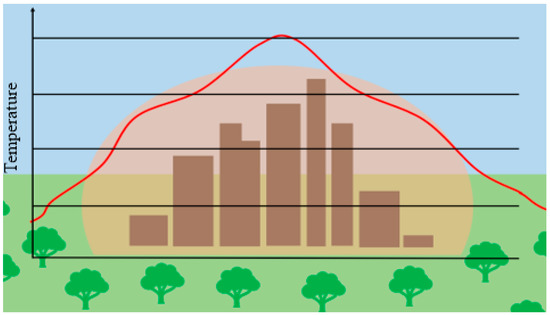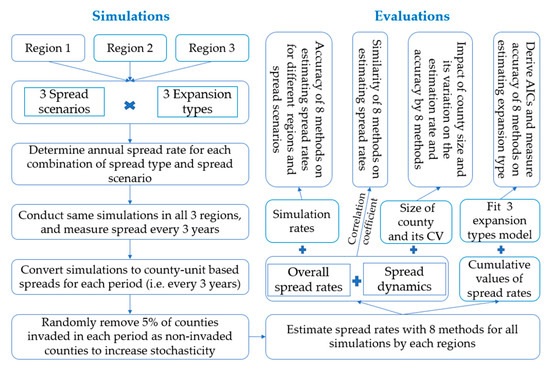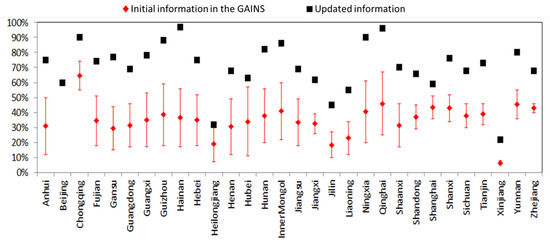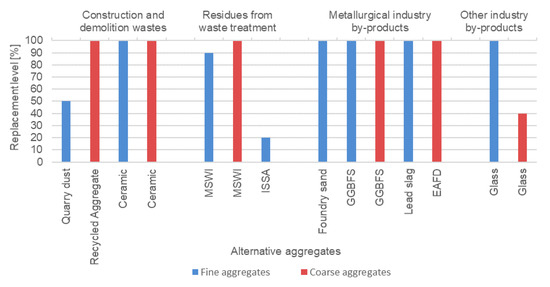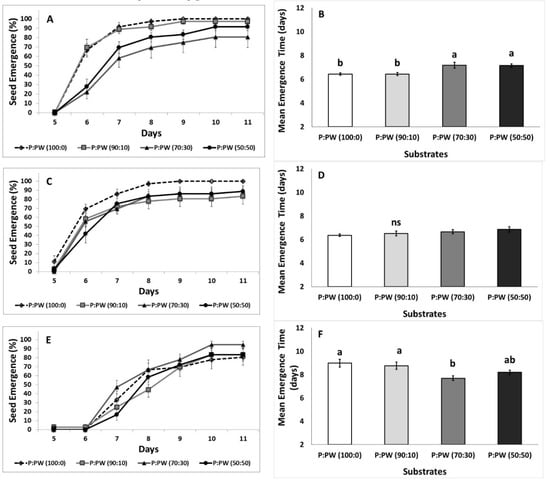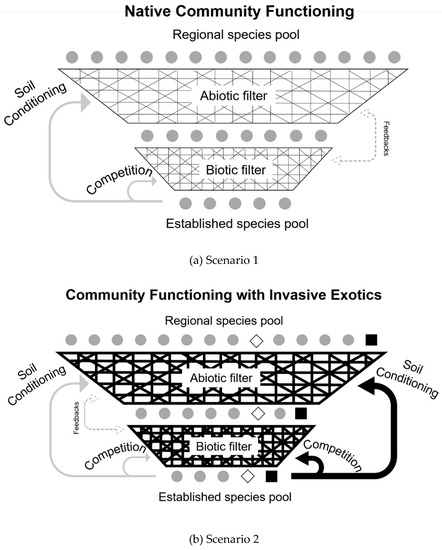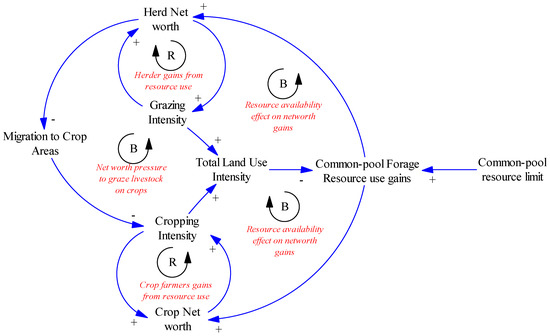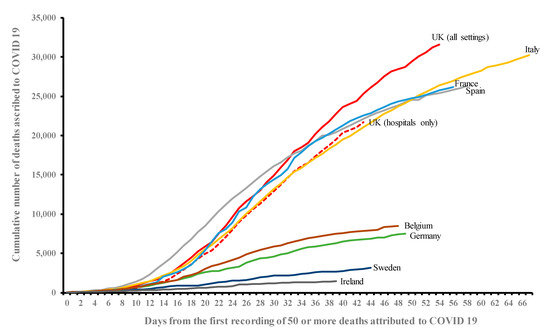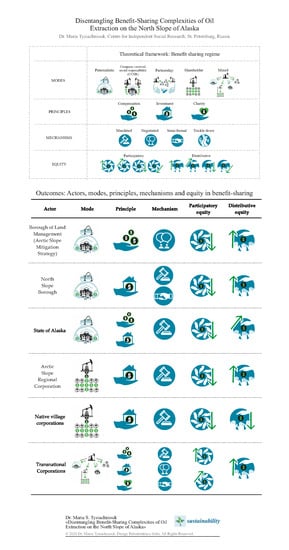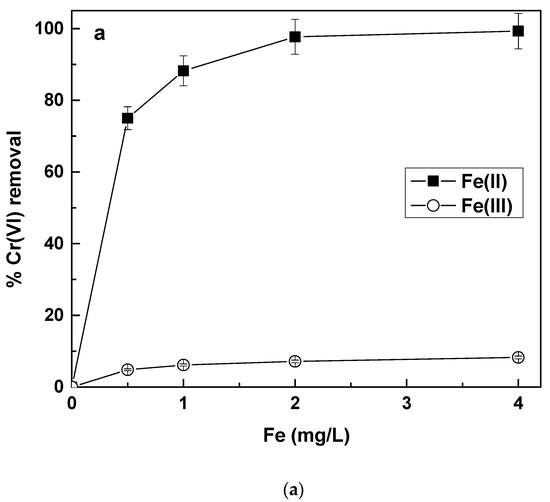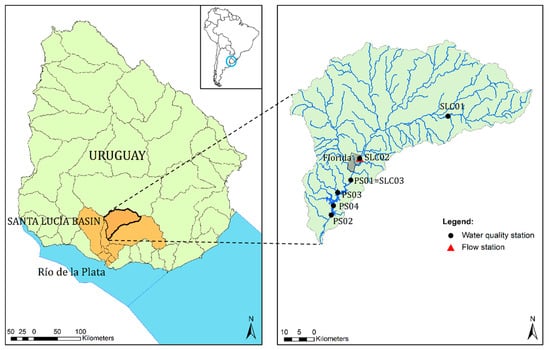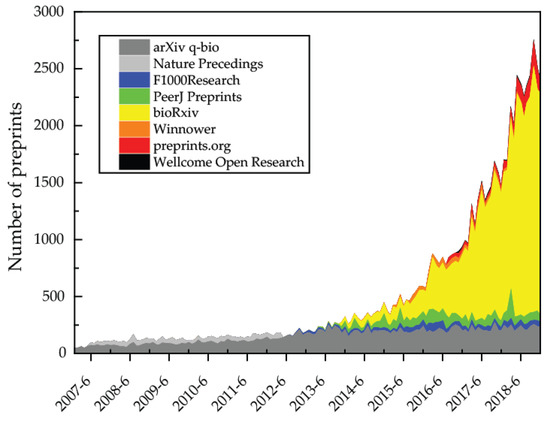Feature Papers in Sustainable Use of the Environment and Resources
A topical collection in Sustainability (ISSN 2071-1050). This collection belongs to the section "Environmental Sustainability and Applications".
Viewed by 182882Editors
Interests: waste management; air quality management; human health risk assessment; water management; wastewater treatment; environmental engineering
Special Issues, Collections and Topics in MDPI journals
Interests: resources; renewable energy; environmental sustainability; circular economy; waste management; air pollution; microplastics; sewage sludge management; human health
Special Issues, Collections and Topics in MDPI journals
Topical Collection Information
Dear Colleagues,
We are pleased to announce a new Special Issue entitled “Feature Papers in Sustainable Use of the Environment and Resources”. This is an important collection of high-quality reviews and original papers that cover recent advances in our understanding of sustainable use of the environment and resources. Only contributions from the Editorial Board and papers from distinguished scholars in the field invited by Editorial Board Members, Guest Editors, or the Editorial Office will be accepted in this Special Issue. Researchers are welcome to contact the Editorial Office to be invited.
Prof. Vincenzo Torretta
Dr. Elena Cristina Rada
Guest Editors
Manuscript Submission Information
Manuscripts should be submitted online at www.mdpi.com by registering and logging in to this website. Once you are registered, click here to go to the submission form. Manuscripts can be submitted until the deadline. All submissions that pass pre-check are peer-reviewed. Accepted papers will be published continuously in the journal (as soon as accepted) and will be listed together on the collection website. Research articles, review articles as well as short communications are invited. For planned papers, a title and short abstract (about 100 words) can be sent to the Editorial Office for announcement on this website.
Submitted manuscripts should not have been published previously, nor be under consideration for publication elsewhere (except conference proceedings papers). All manuscripts are thoroughly refereed through a single-blind peer-review process. A guide for authors and other relevant information for submission of manuscripts is available on the Instructions for Authors page. Sustainability is an international peer-reviewed open access semimonthly journal published by MDPI.
Please visit the Instructions for Authors page before submitting a manuscript. The Article Processing Charge (APC) for publication in this open access journal is 2400 CHF (Swiss Francs). Submitted papers should be well formatted and use good English. Authors may use MDPI's English editing service prior to publication or during author revisions.







